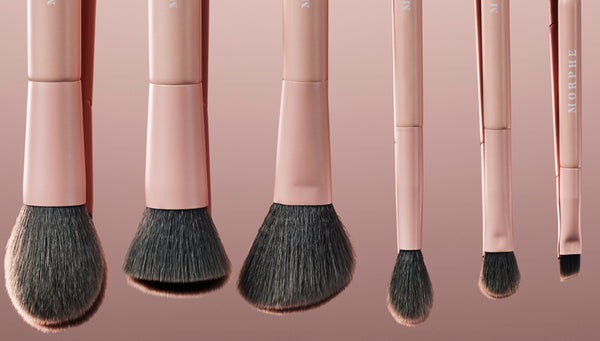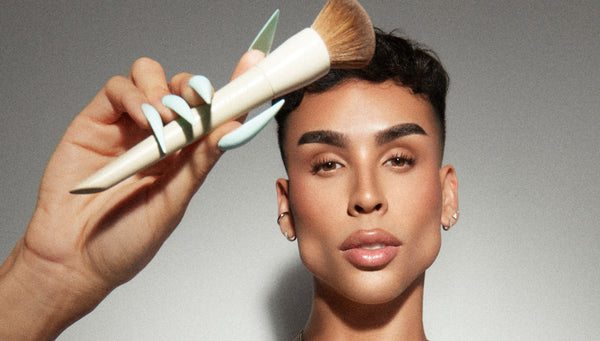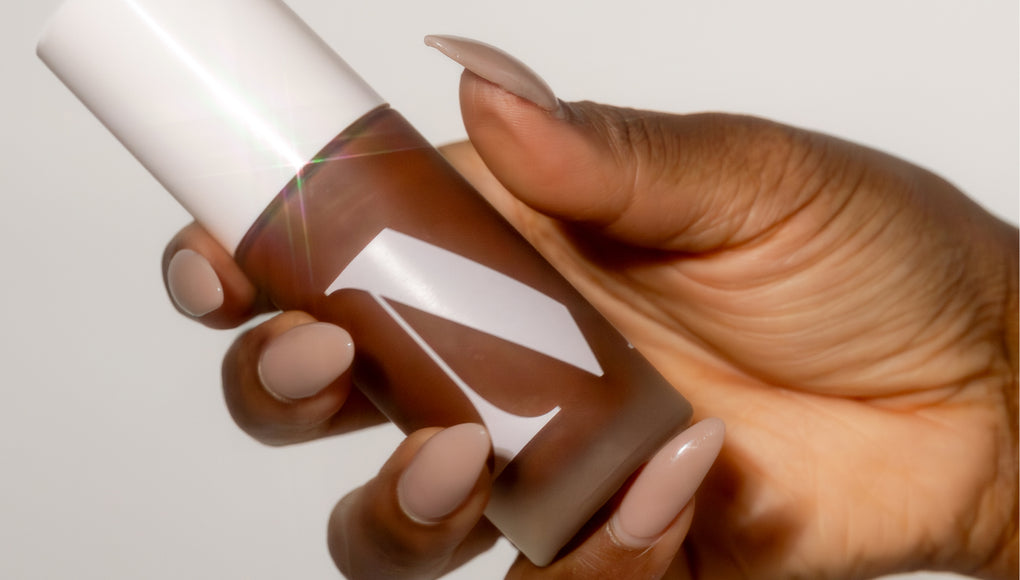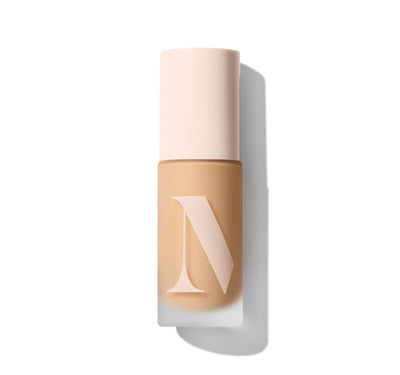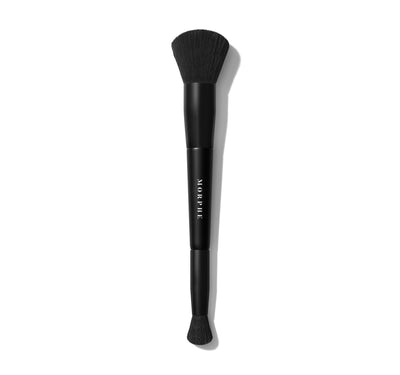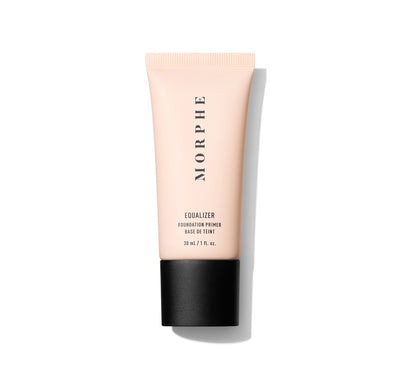Morphe’s mission is to set you up to become your baddest self, no matter what that means. Switching up your look day to day is meant to be a blast – but it can be a bummer when you can’t find your perfect foundation match. That’s why when we developed Lightform Extended Hydration Foundation, we knew wanted to do something different when it came to a foundation shade finder – enter AI.
Sometimes, in the interest of creating the best makeup looks, we gotta get a little nerdy with the science side of things. So much goes into each collection, and we’ll say it – we’re proud. We’ve created a Foundation Shade Finder Quiz using Harvard professor Ellis Monk’s innovative 10-shade scale so subconscious biases are removed and all that’s left is your perfect shade suggestion.
We chatted with Estela Brill, Morphe’s Director of E-Commerce to chat through what went on behind the scenes to set you up for foundation shade success.


